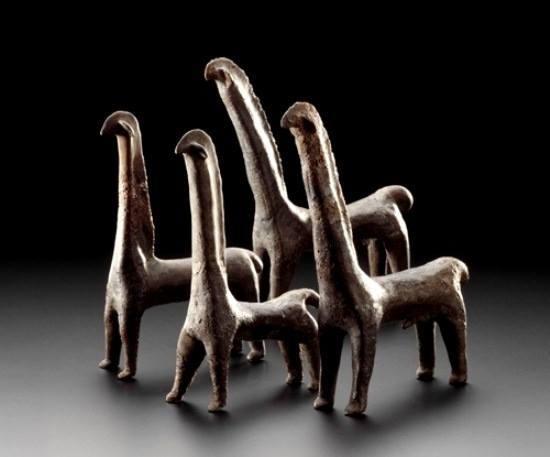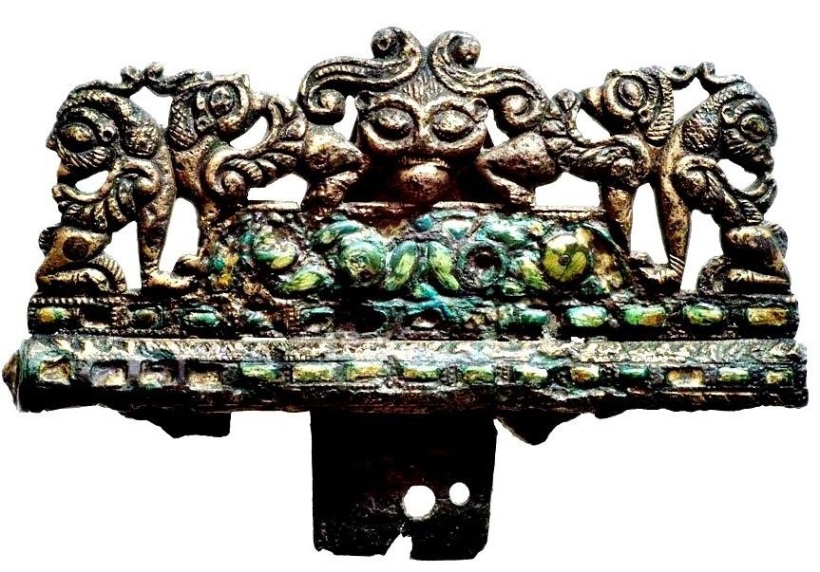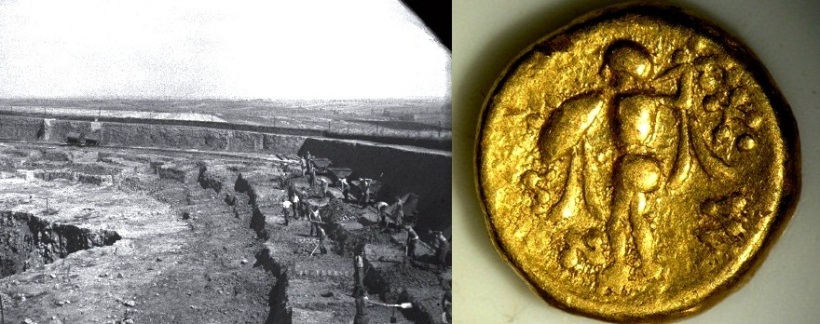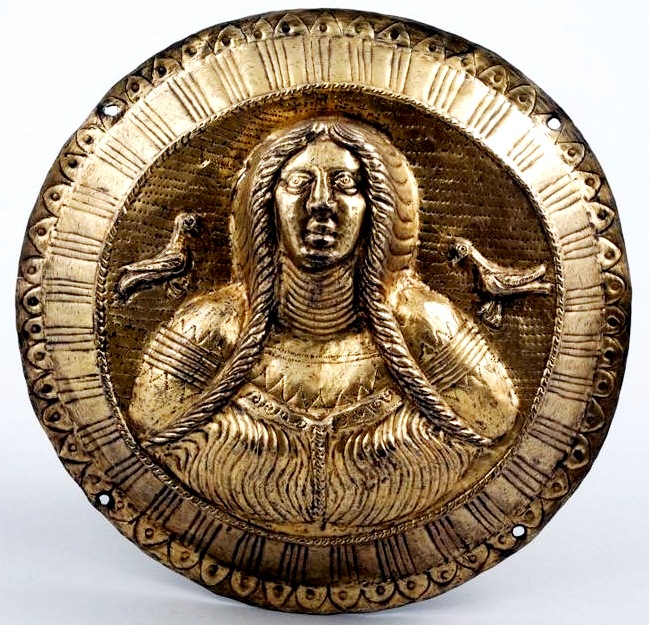The surprise discovery of a matrix die for the minting of “Ear-Boar type” potins (type of coin; usually a mixture of copper, tin and lead), associated with the Gallo-Belgic Suessiones tribe of northern France, in the Hampshire region of southern England has thrown new light on the nature and development of the first coinage in Britain.
The expansion of Gallo-Belgic tribes across the English Channel into the southern part of the Island of Britain during the later Iron Age had a significant cultural and economic impact, as reflected in a large amount of archaeological evidence recorded over the past century.
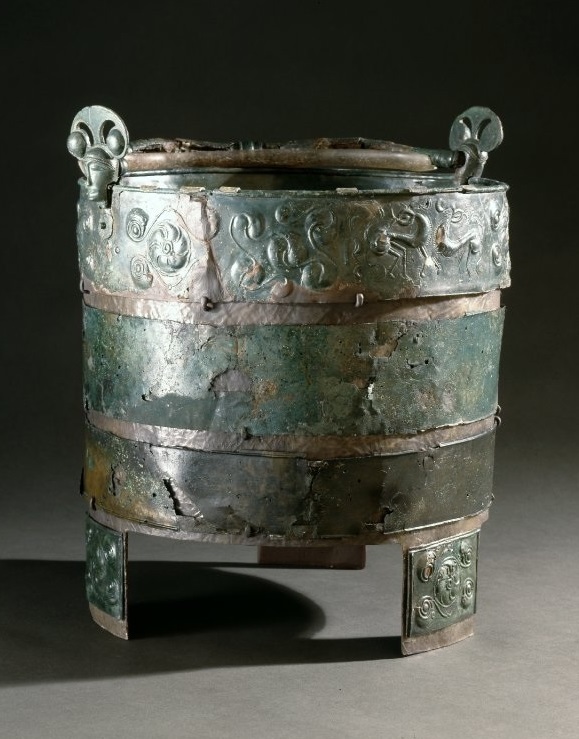
Celtic ceremonial vessel from Aylesford in Kent, England. The area of distribution of such buckets coincides with the territory of the Gallo-Belgic tribes, and the regions of southern Britain into which they expanded. (see link below)
https://balkancelts.wordpress.com/2015/11/15/celtic-ceremonial-buckets-and-belgic-expansion/
This is particularly true in the case of discoveries of numismatic material from the area of southern England, which clearly indicate that the continental Celtic tribes in question introduced the first coinage and monetary system into Britain during this period. This phenomenon has hitherto been attested to by numerous finds of Gallo-Belgic coinage and hoards thereof in the region, as well as matrices / coin dies which testify to the production of such in southern England from the late 2nd century BC onwards.
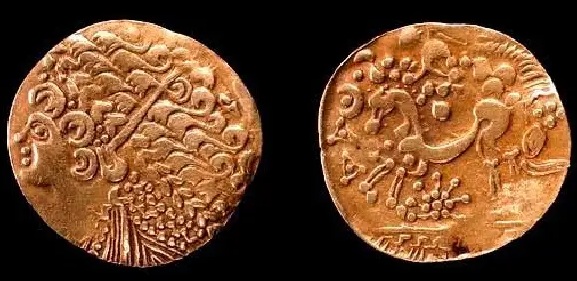
Gallo-Belgic “A type” stater produced in northern France or Belgium. Discovered by treasure hunters at Fenny Stratford near Milton Keynes, England – thought to be the first type of coin ever to circulate in Britain (mid 2. c. BC)

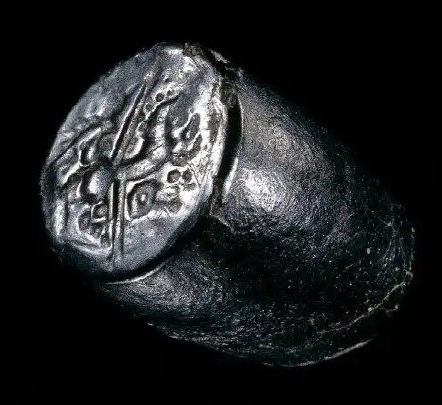
Die for a Gallo-Belgic B quarter stater discovered by treasure hunters at Alton (Hampshire) England. (late 2nd c. BC)
https://balkancelts.word-british-currency-and-m press.com/2017/02/07/the-firstonetary-system/
Of particular interest in this context is the recent discovery of a bronze die matrix used to create casting moulds for the production of Soissons “Eye Boar type” potins, which are usually identified as a Continental / Belgic import type originating from the Soissons region of Northern France.
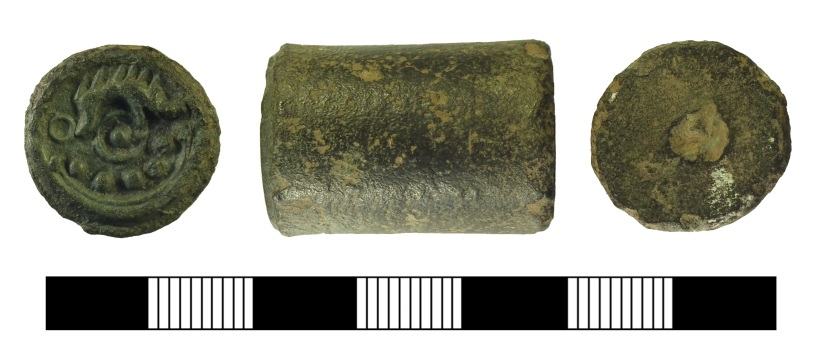
The “Boar Eye type” die matrix
https://finds.org.uk/database/artefacts/record/id/949108
Thus the discovery of such a die matrix at Steventon in Hampshire, England is particularly significant for a number of reasons. Firstly, the fact that the die is of a very specific type associated with the Suessiones tribe logically indicates that these were one of the main continental Celtic tribes involved in the Gallo-Belgic expansion into southern Britain during this period.

Celtic “Boar Eye type” potin discovered at Berrick Salome in Oxfordshire
https://finds.org.uk/database/artefacts/record/id/892734
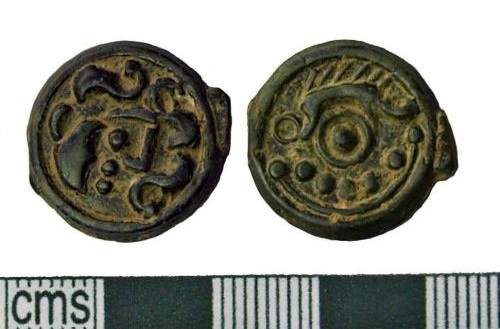
Celtic “Boar Eye type” potin discovered at Welyn Hatfield in Hertfordshire
https://finds.org.uk/database/artefacts/record/id/516937
Most importantly, the Steventon die matrix, as well as numerous finds of such potins in southern England, logically indicates that Celtic tribes in this area were producing not only high value coinage minted in precious metals, which would have circulated mainly among the wealthier classes / tribal elites, but also coinage with a lower intrinsic value for use by the wider population; thus providing clear evidence that a highly sophisticated coinage / monetary system had already been developed by the native Celtic population in southern Britain in the immediate pre-Roman period.
Mac Congail


